There’s something magical about the bond between cats and their humans. Often considered aloof or independent, these feline companions can grow incredibly attached to their owners. One of the remarkable aspects of this relationship is how cats recognize their humans through scent and sound. This article will unravel the intricate ways in which cats identify and bond with their owners, offering insight into the complex yet profound world of feline perception.
Understanding the Feline Sense of Smell

Cats possess a highly developed sense of smell, which plays a crucial role in recognizing their surroundings and people. The feline sense of smell is about fourteen times stronger than that of humans, thanks to an abundant number of olfactory receptors. This keen sense enables cats to distinguish between a myriad of scents, including those of their human companions. From the clothes you wear to the natural scent of your skin, every detail is distinctly catalogued in a cat’s olfactory memory.
The Role of Pheromones
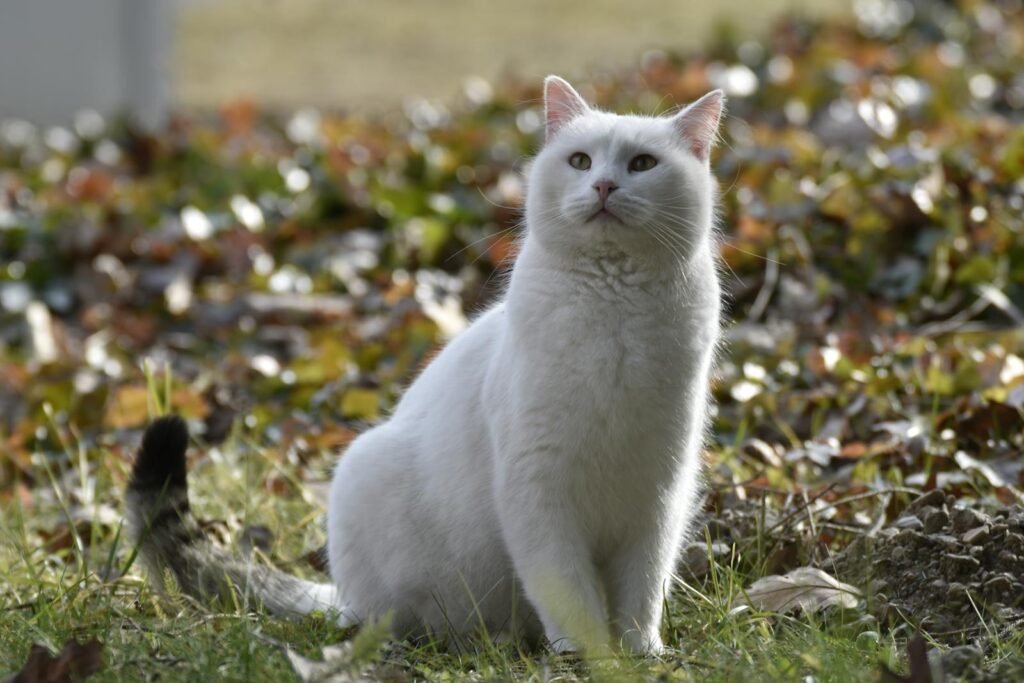
Pheromones are chemical substances produced by animals, including cats, that trigger social responses within a species. For cats, pheromones are used to mark territory and communicate with other animals. When cats brush against their owners, they often deposit pheromones as a way to mark them as familiar and safe. This interaction allows cats to identify their humans even in a crowd of strangers.
Decoding Cat Vocalization Recognition

While cats are known for their discerning ears, they don’t just pick up on any sound. Over time, they learn to recognize the unique voice patterns of their owners. Research indicates that cats can distinguish the voice of their human companion from that of a stranger, responding more eagerly to familiar sounds. This ability is a testament to the strong auditory connection between cats and their owners.
Facial Behavioral Responses
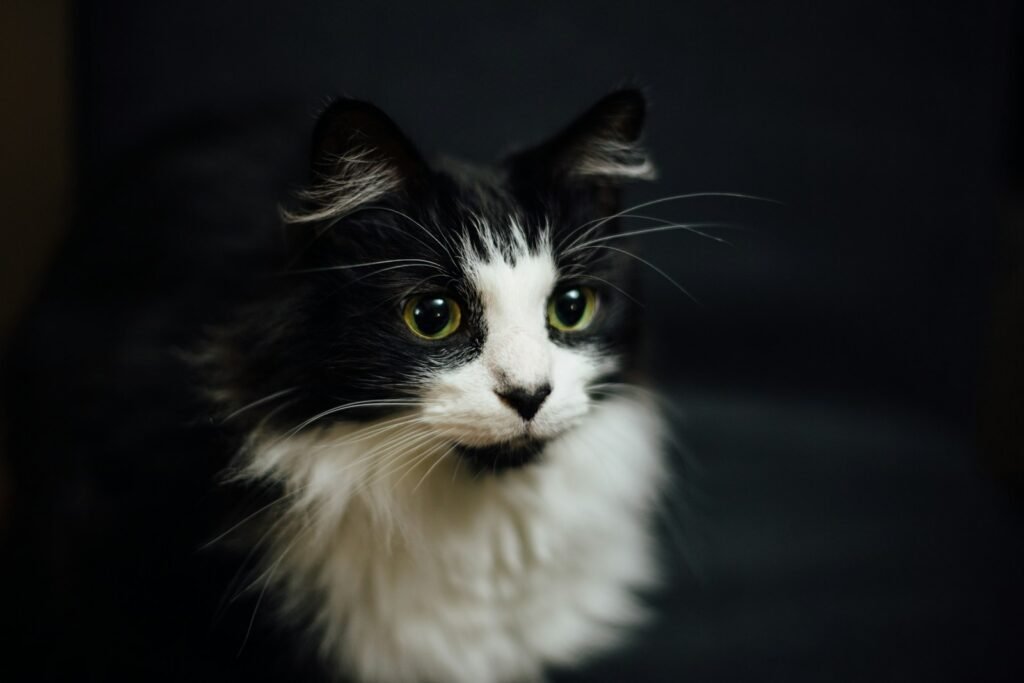
Cats often display specific facial expressions and behaviors upon hearing their owner’s voice or smelling their scent. A cat may perk up its ears, wag its tail, or quickly move towards the source of the sound. These responses signal a recognition and an eagerness to engage with their familiar human.
The Comfort of Familiar Scents
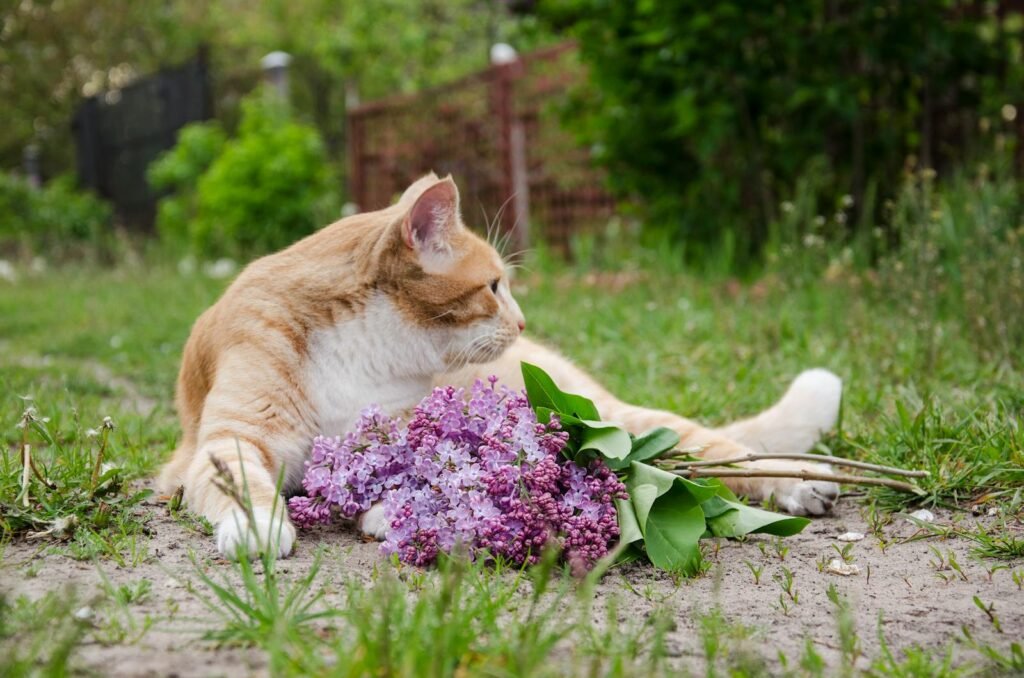
Many pet owners find that clothing imbued with their scent is comforting to their cats. This is more than just a passive acknowledgement. Cats derive a sense of safety and security from the scent of their human, which explains why they often curl up in piles of laundry or objects that carry their owner’s fragrance.
Vocal Cues and Emotional Resonance
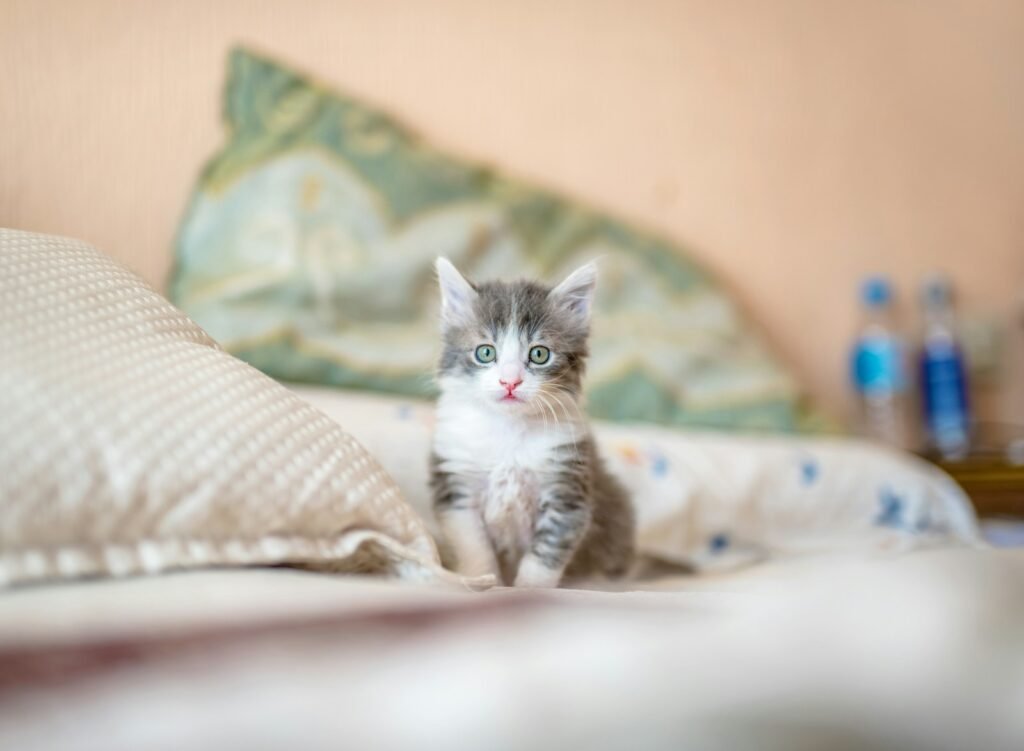
Cats can sense the emotional tone in their owner’s voice and often respond in kind. A joyful greeting may get a purring response, while a sad or stressed tone might elicit more subdued behavior. This emotional resonance enhances the bond between cats and their human companions, making voice recognition about more than just sound, but also about shared emotional experiences.
Training and Recognition
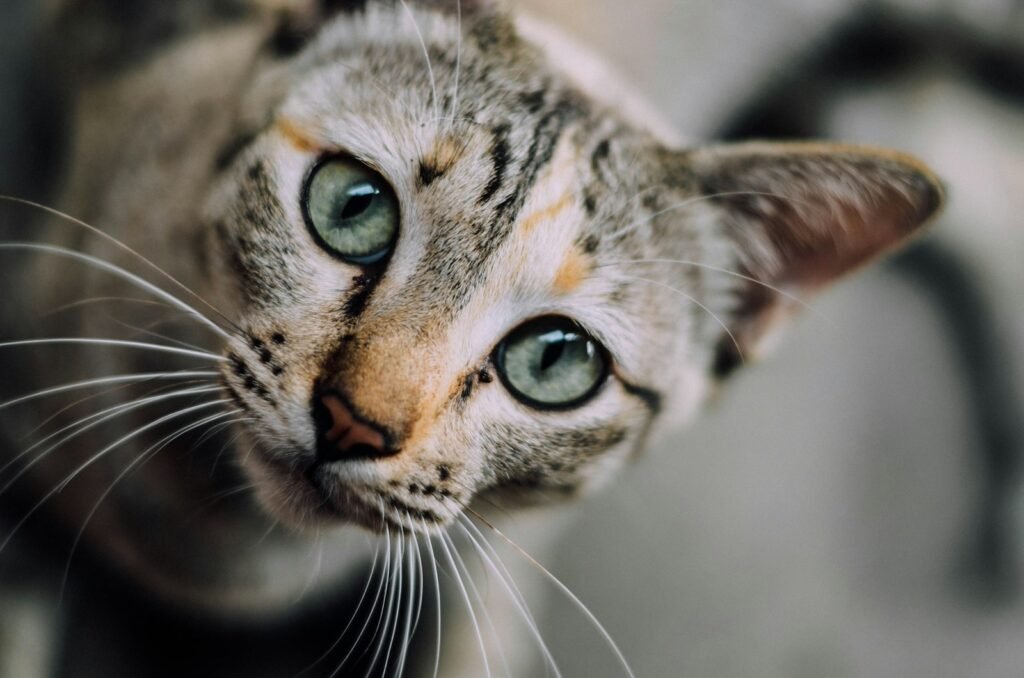
Although cats may not traditionally be considered as trainable as dogs, they can still learn to recognize specific vocal cues. Many cat owners successfully train their pets to respond to their names or specific words by associating these sounds with positive outcomes like treats or cuddles, reinforcing the recognition bond through repetition and reward.
The Importance of Routine
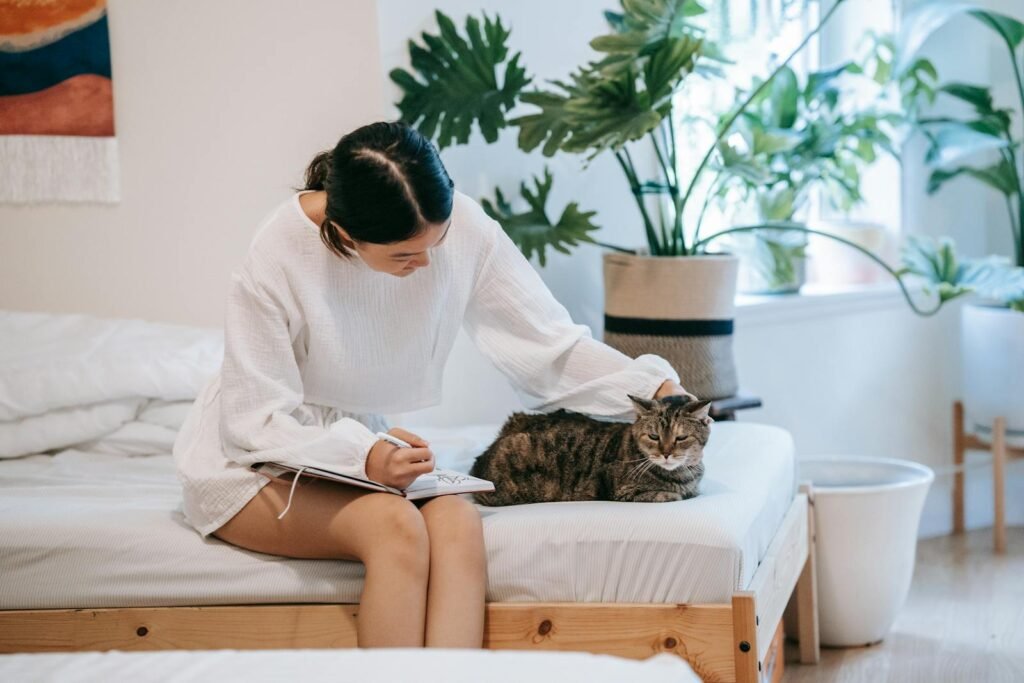
Routine plays a significant role in how cats recognize and relate to their owners. Regular feeding times, play sessions, and bedtime rituals help create a pattern that aids in recognition and reinforcement of a bond. Familiar routines build trust and provide stability, further strengthening a cat’s connection to its human.
A Multifaceted Approach
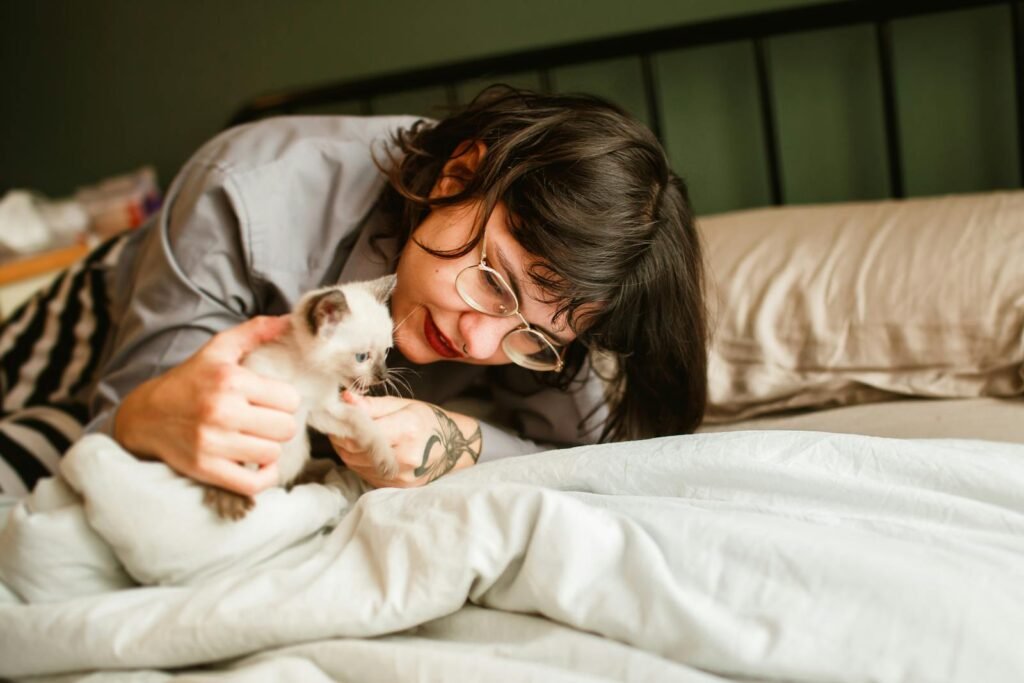
For cats, recognizing their owner involves a multifaceted approach relying on scent, sound, and routine. Each of these elements works together to create a detailed profile of their human, leading to a stronger, more meaningful relationship.
Conclusion

In conclusion, cats employ their enhanced sensory abilities to recognize their owners through scent and sound in remarkably sophisticated ways. These interactions highlight the depth of the bonds that can form between cats and their human companions. By understanding the ways in which cats perceive and interact with us, we can foster deeper, more rewarding relationships with our feline friends, enriching the lives of both humans and cats alike.

Linnea is a born and bred Swede but spends as much time as possible in Cape Town, South Africa. This is mainly due to Cape Town’s extraordinary scenery, wildlife, and atmosphere (in other words, because Cape Town is heaven on earth.) That being said, Sweden’s majestic forests forever hold a special place in her heart. Linnea spends as much time as she can close to the ocean collecting sea shells or in the park admiring puppies.






